Answer the following :
a. Which of the following will have lower value in the given compound?
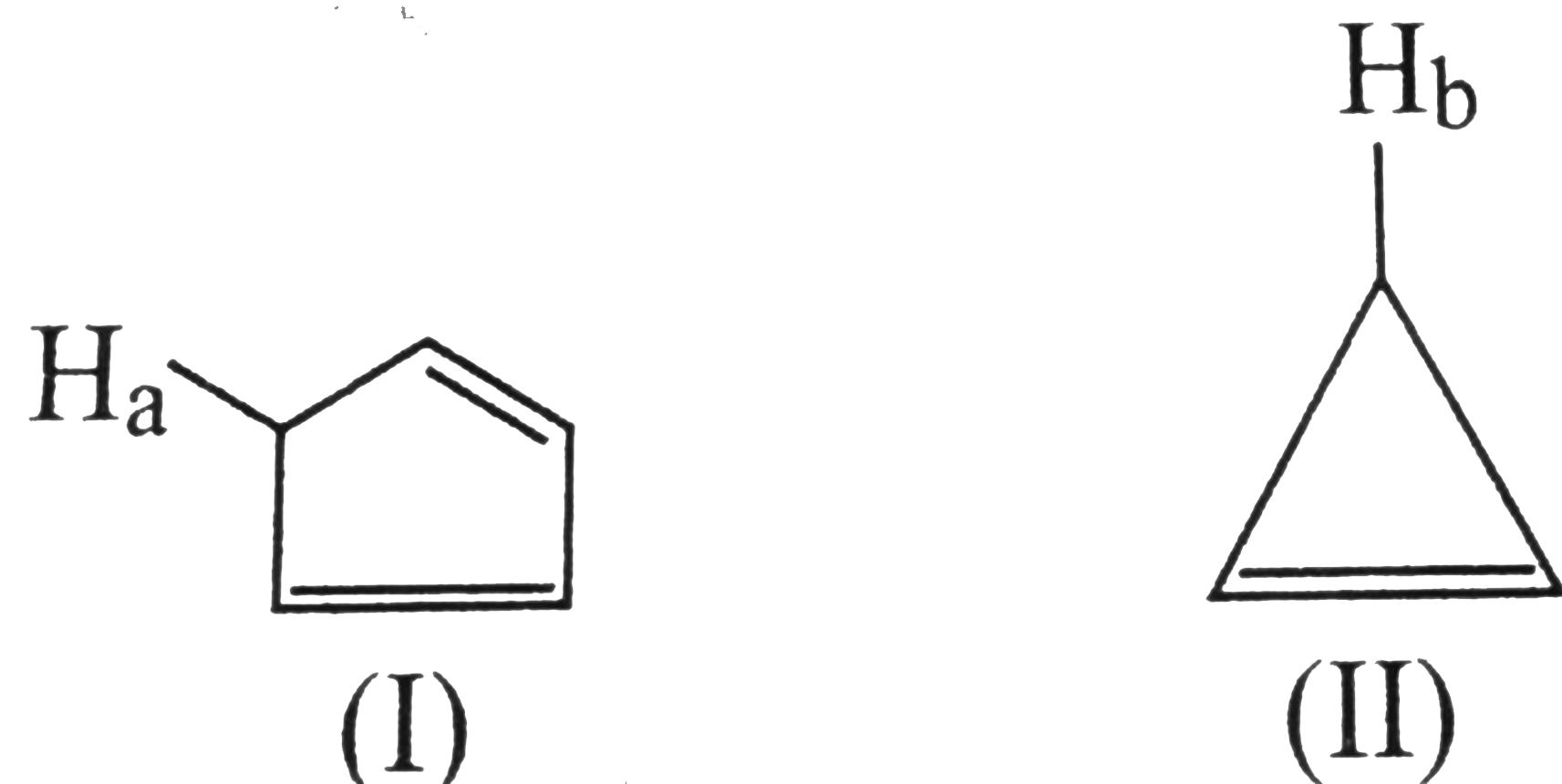
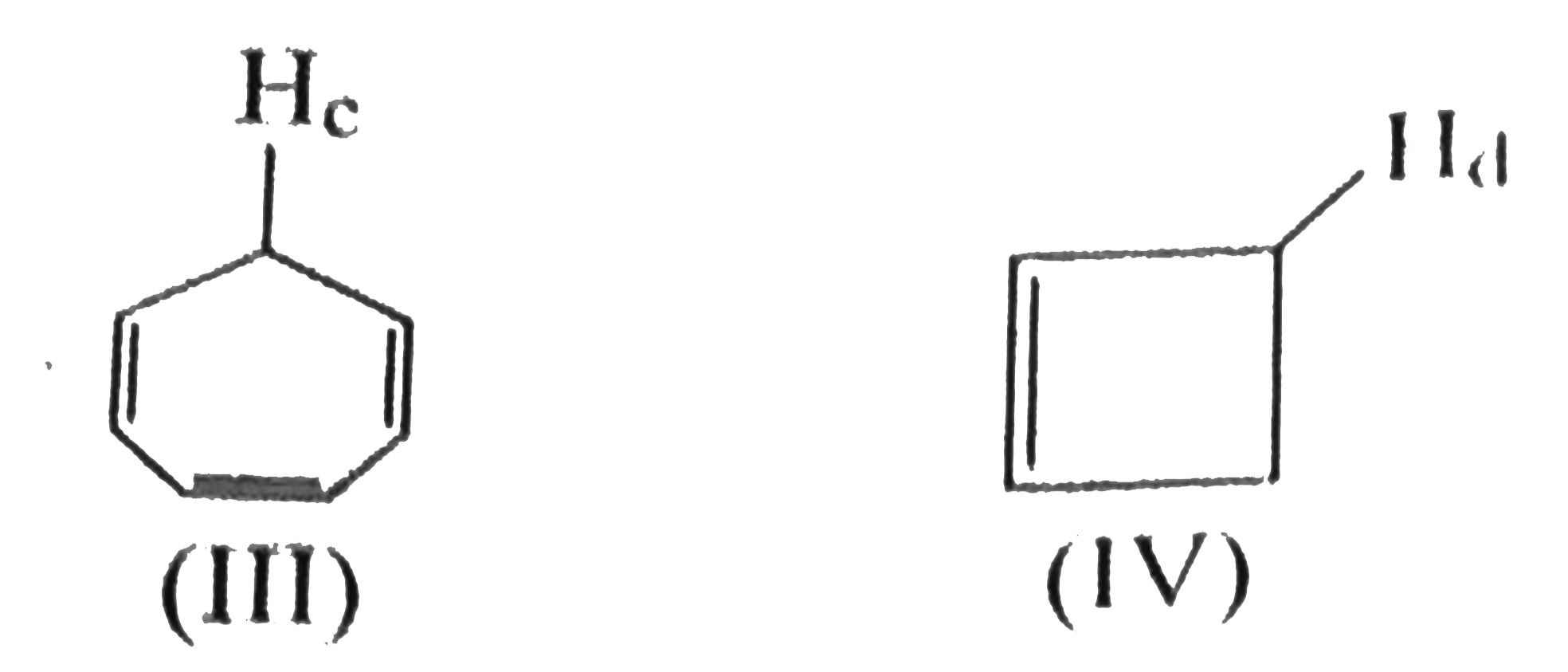
b. Which of the following have lower value?
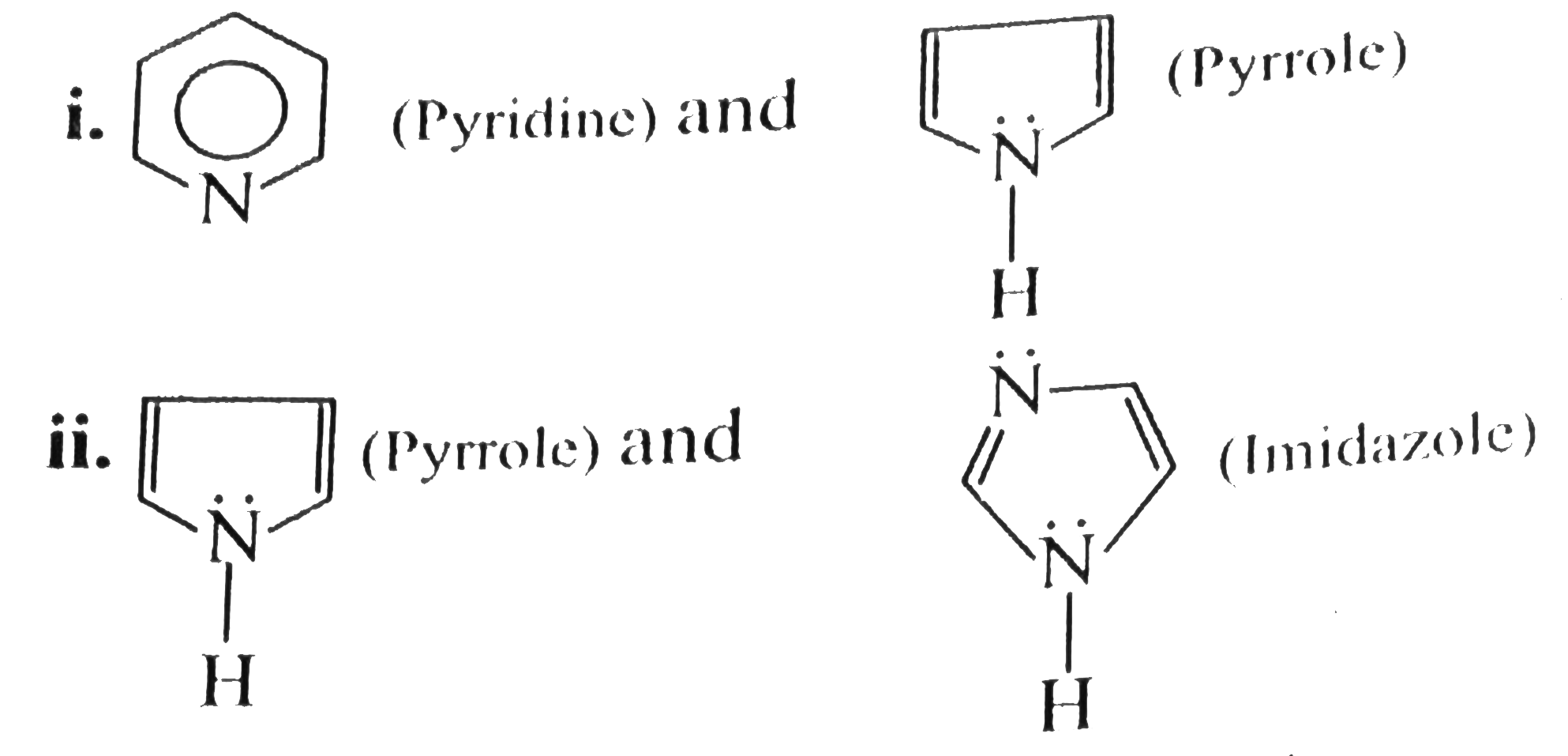
c. Give the decreasing order of teh stability of the following:
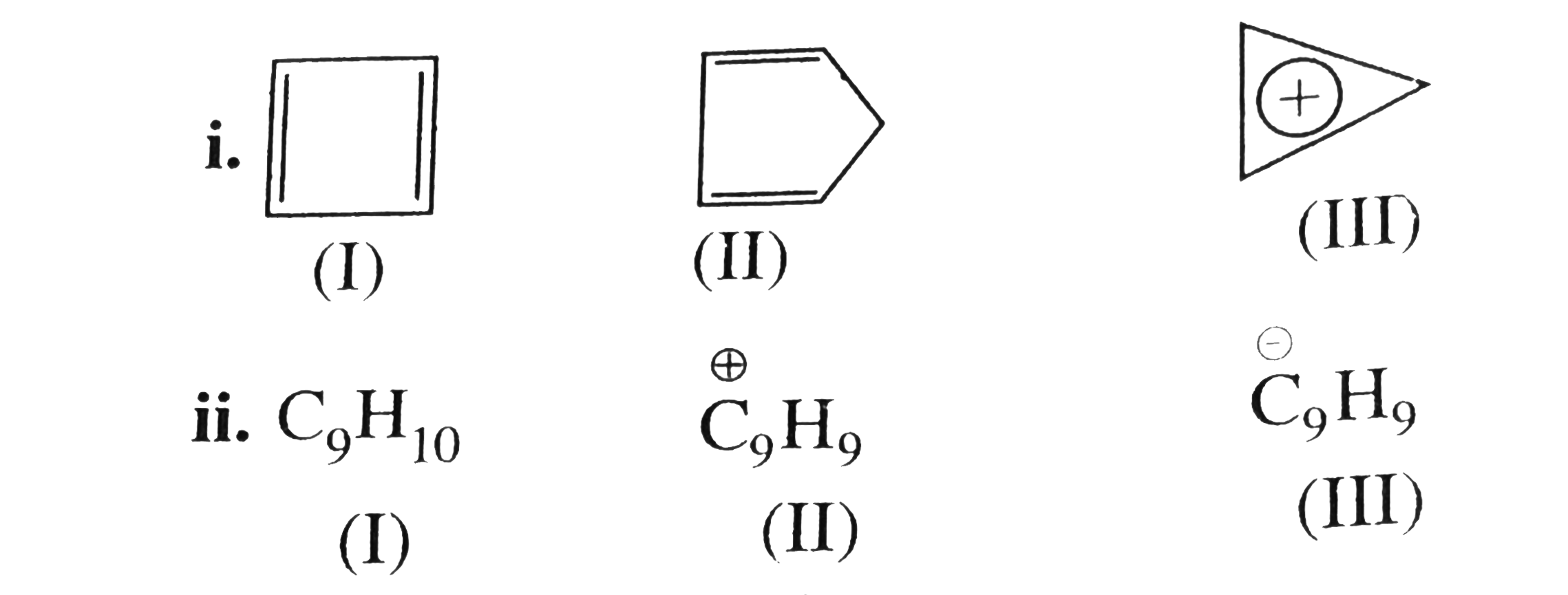
d. Which of the following is more stable?
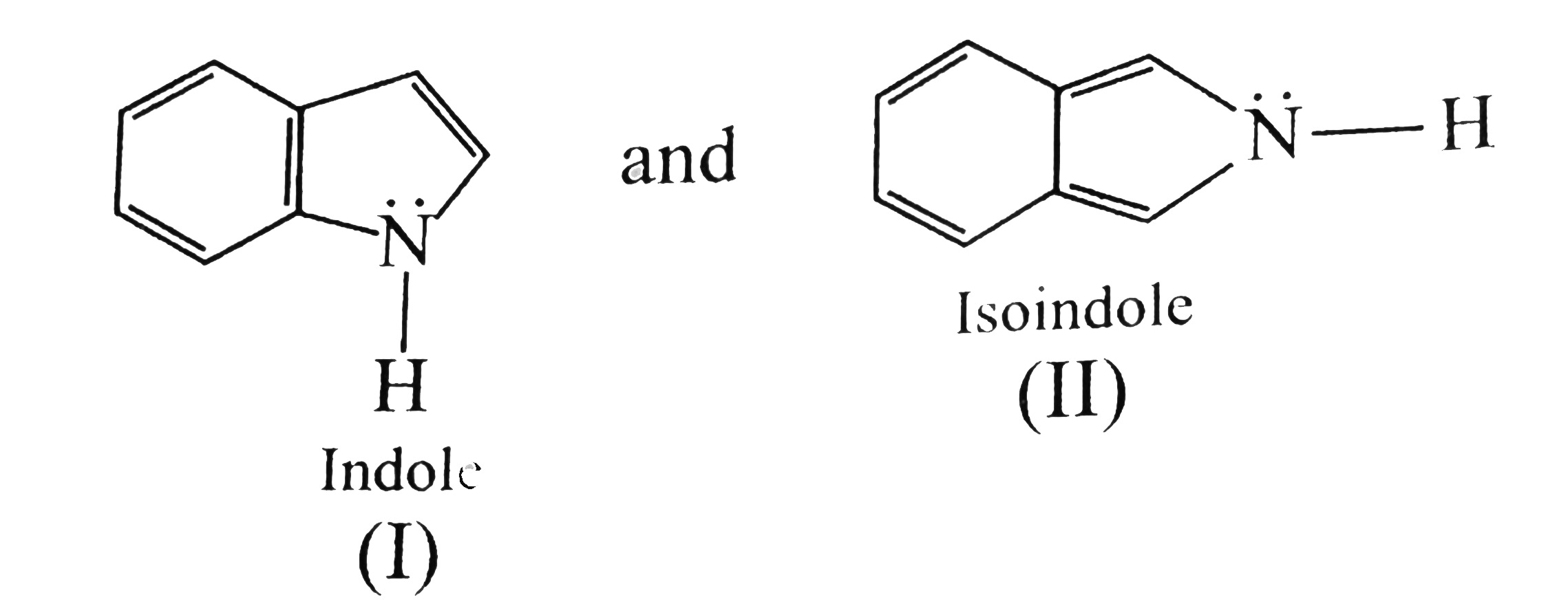
e. What of the decreasing order of values of the following?
I.

f. Which of the following has highest value?
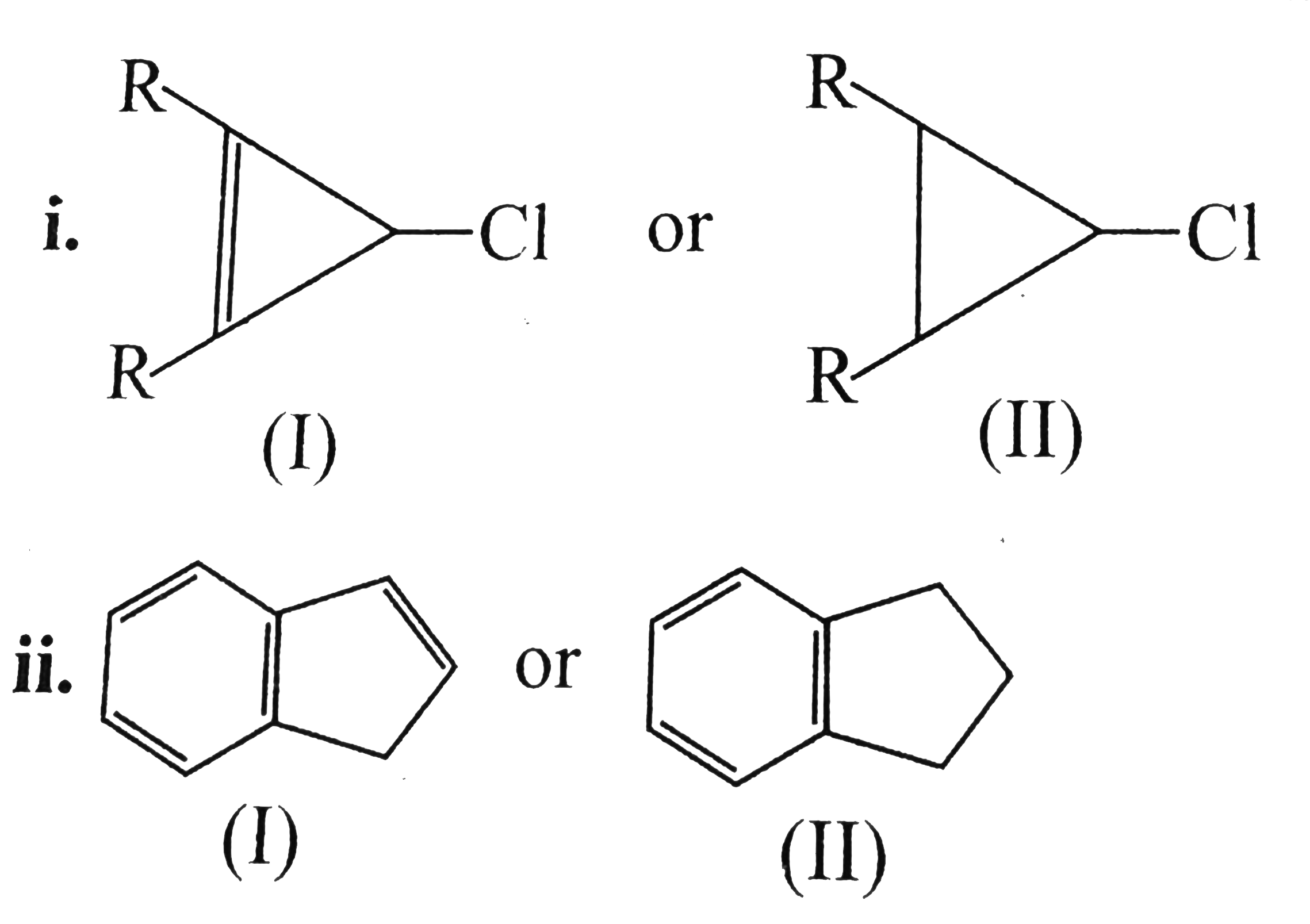
g. Which of the following reacts faster wtih ag. by mechanis,?

Text Solution
a. Lower the stronger is the acid ( in has lowerst value.
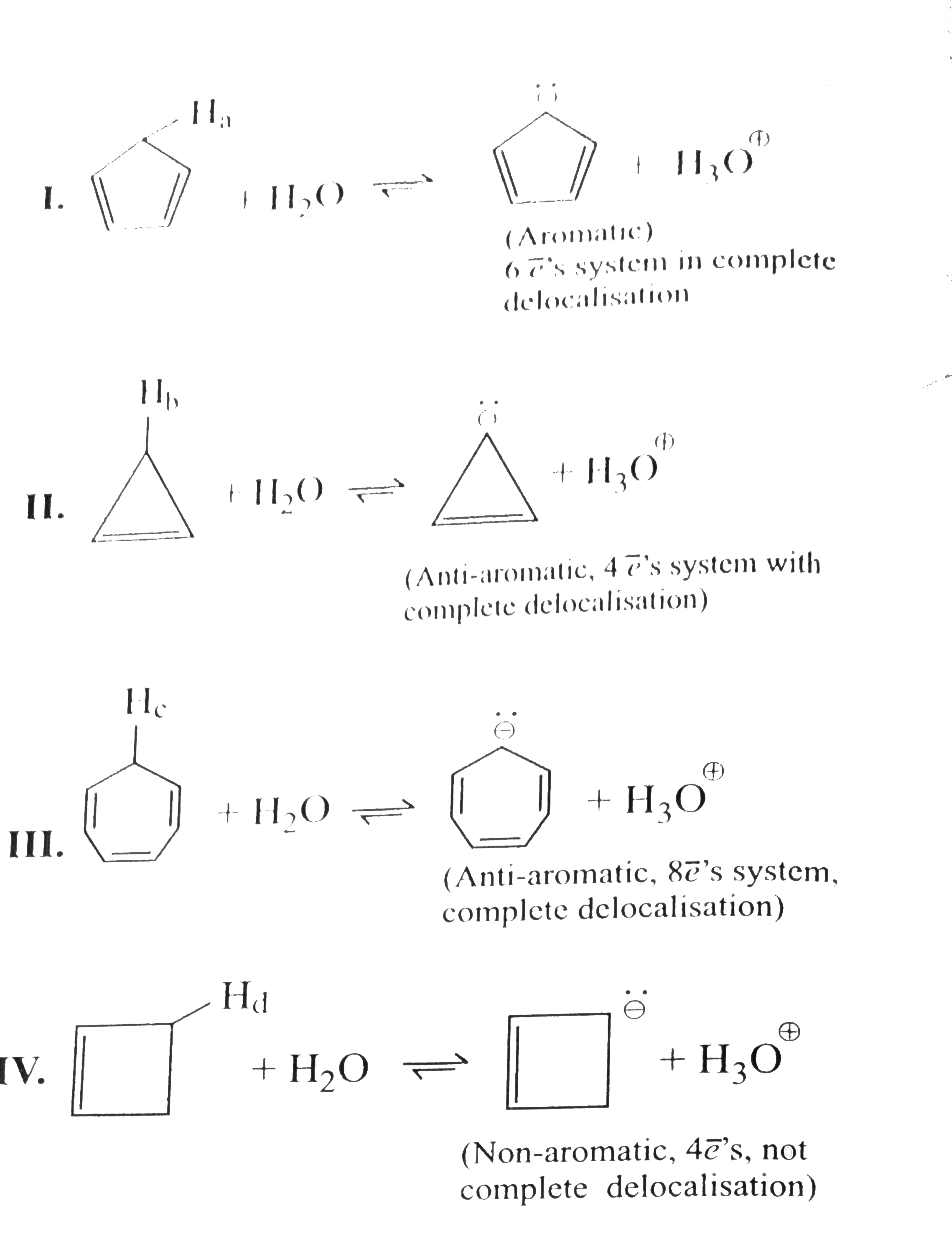
Stability oder: Aromatgic gt Non-aromatic gt Anti gt aromatic order (or ) in is a stronger acid than in becuase its anion is much more stabillised due to more number of resonating structures.
bn. Both pyridine are aromatic (each system in complete delocalisation) but on in pyridine are not delocalised, while on in prrrole are delocalised.
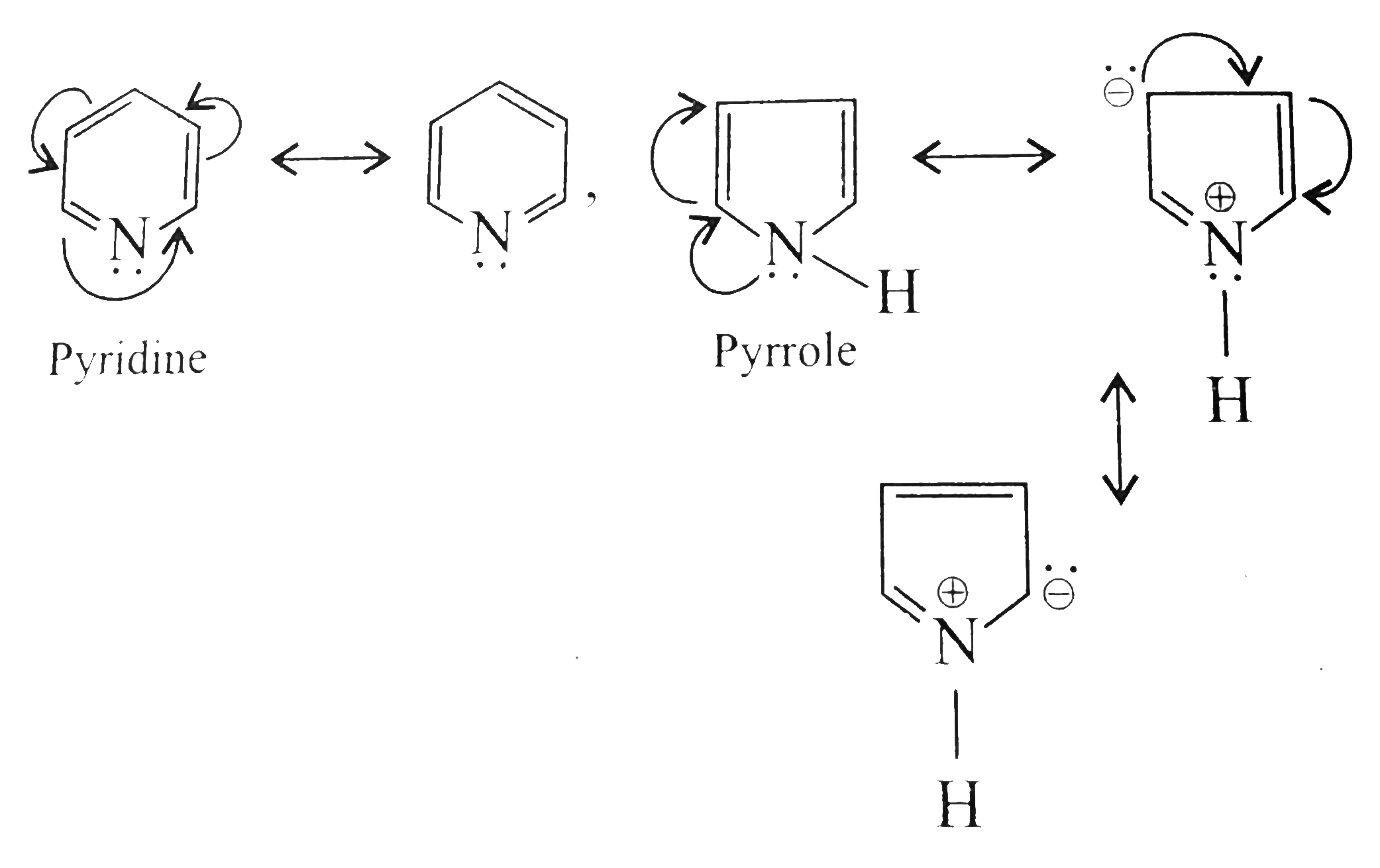
Hence, pridne is more basic its of are available to accept ions froms .
c. i. I. 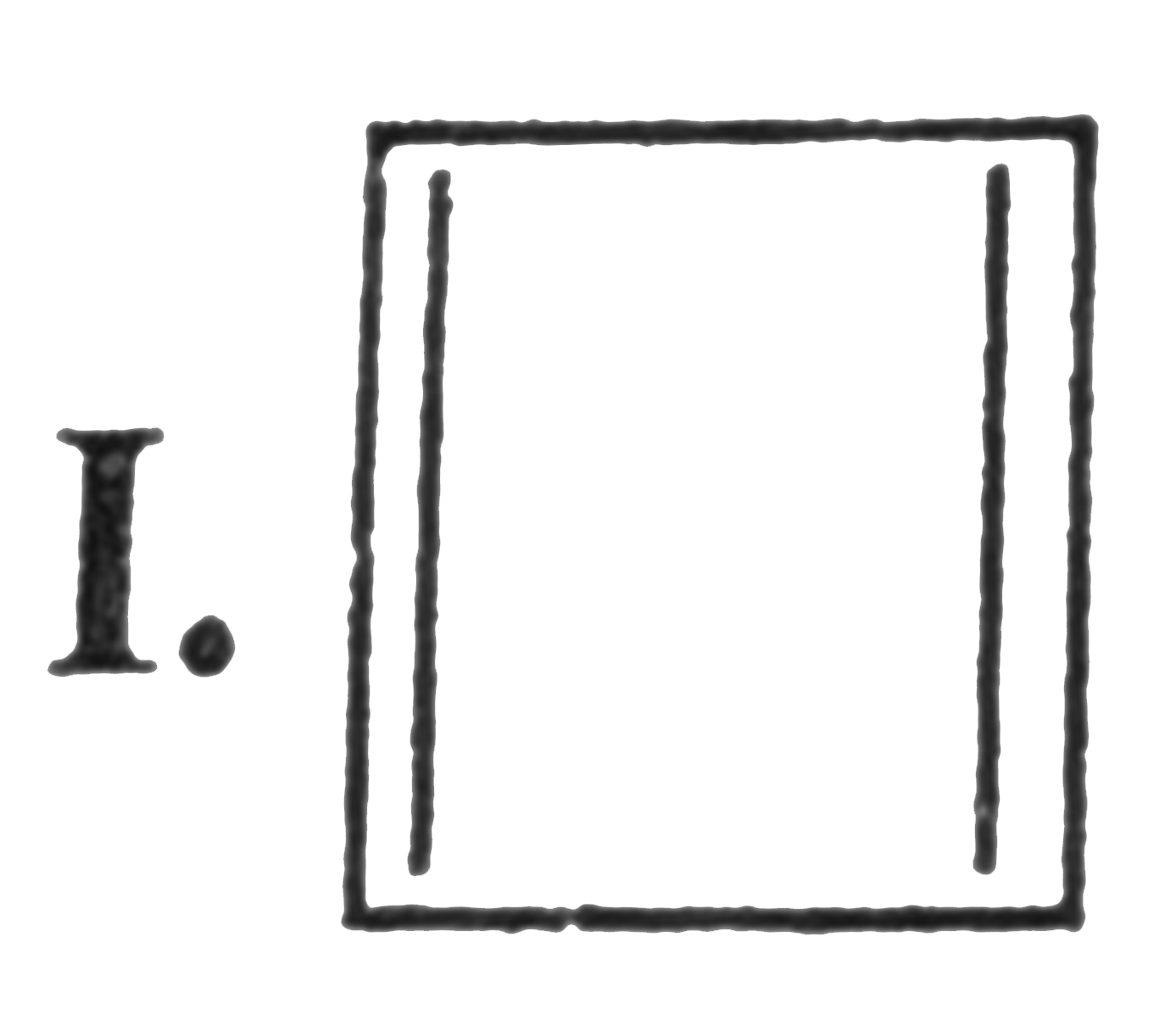 ( in conjugation, anti-aromatic)
( in conjugation, anti-aromatic)
II.  ( not in conjugation, non-aromatic)
( not in conjugation, non-aromatic)
III. 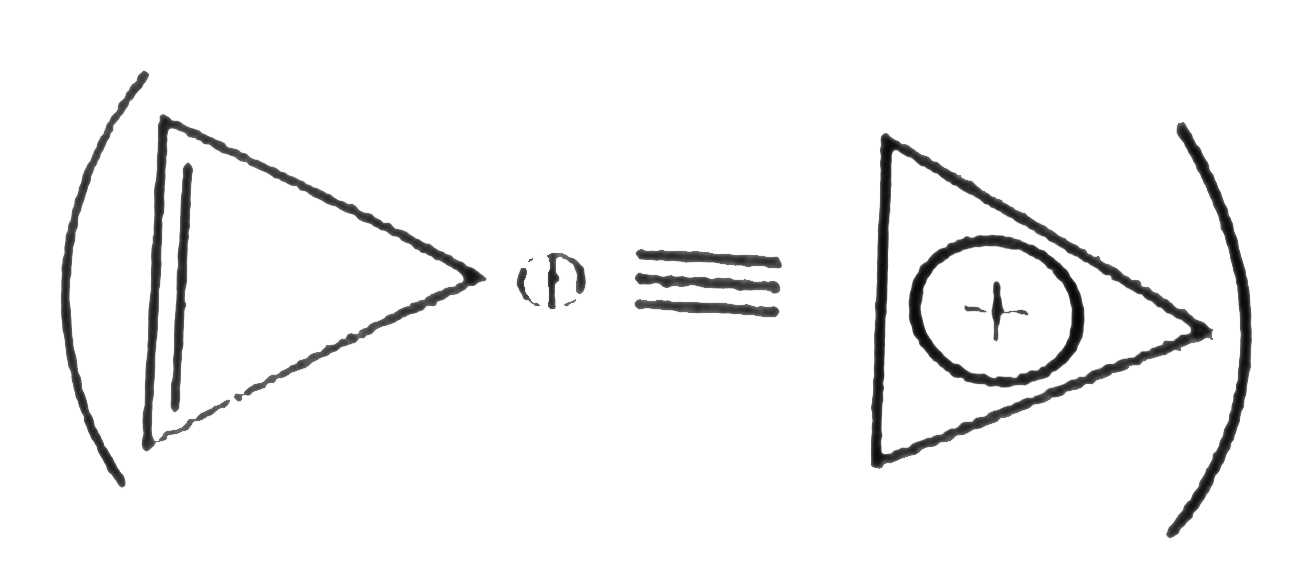
( in comjugation aromatic)
Stability order is: Aromatic gt NOn-aromatic gt Anti-aromatic
i. See Illustration (, and respectivecly).
I. Non aromatic
II. Anti-aromatic
III. Aromatic
[ Stability order is ]
d. ii. 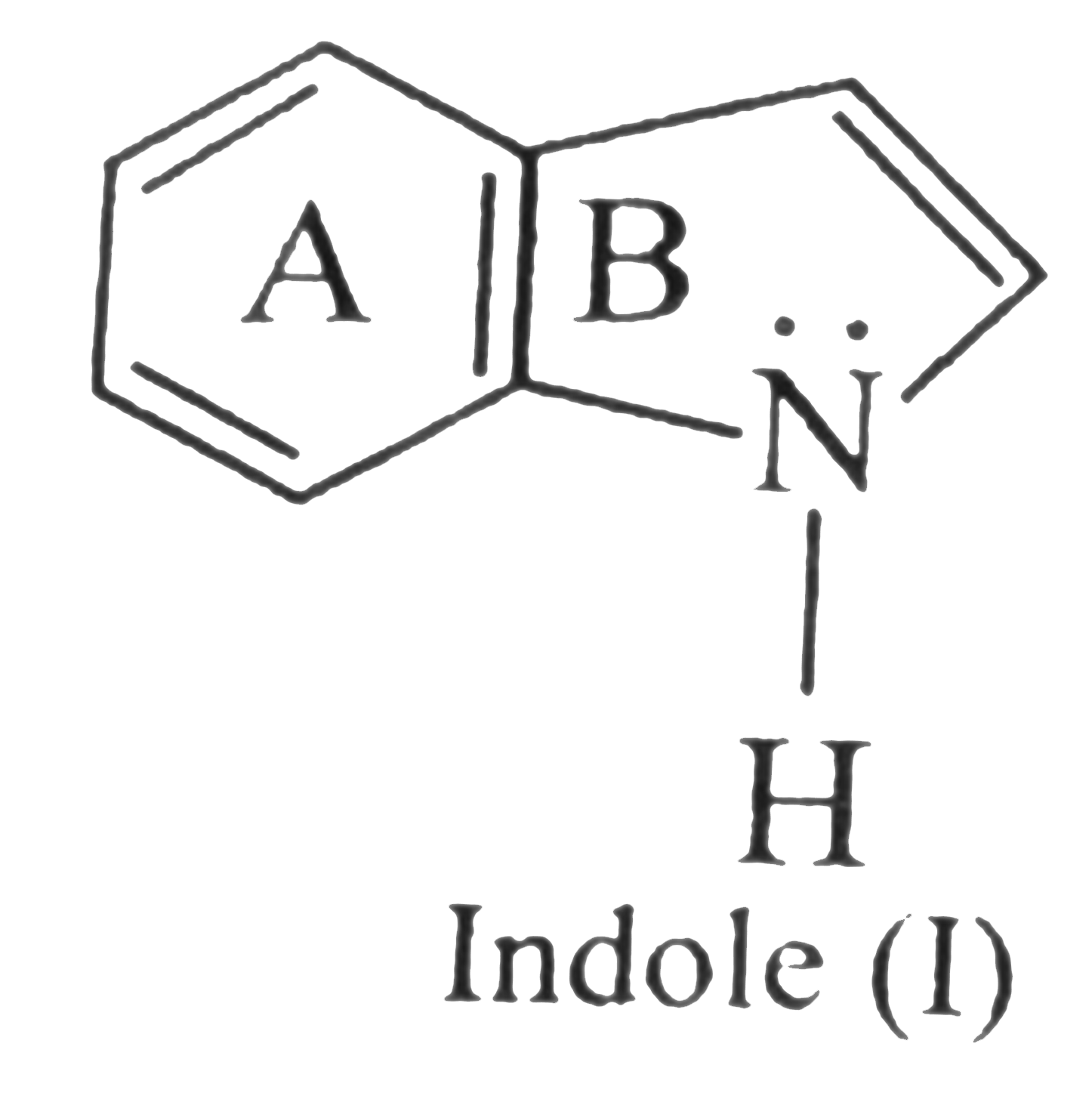
Aromatic, system , complete delocalisation. Six-membered ring has bonding similar to benzene ring, hence it is more stable.
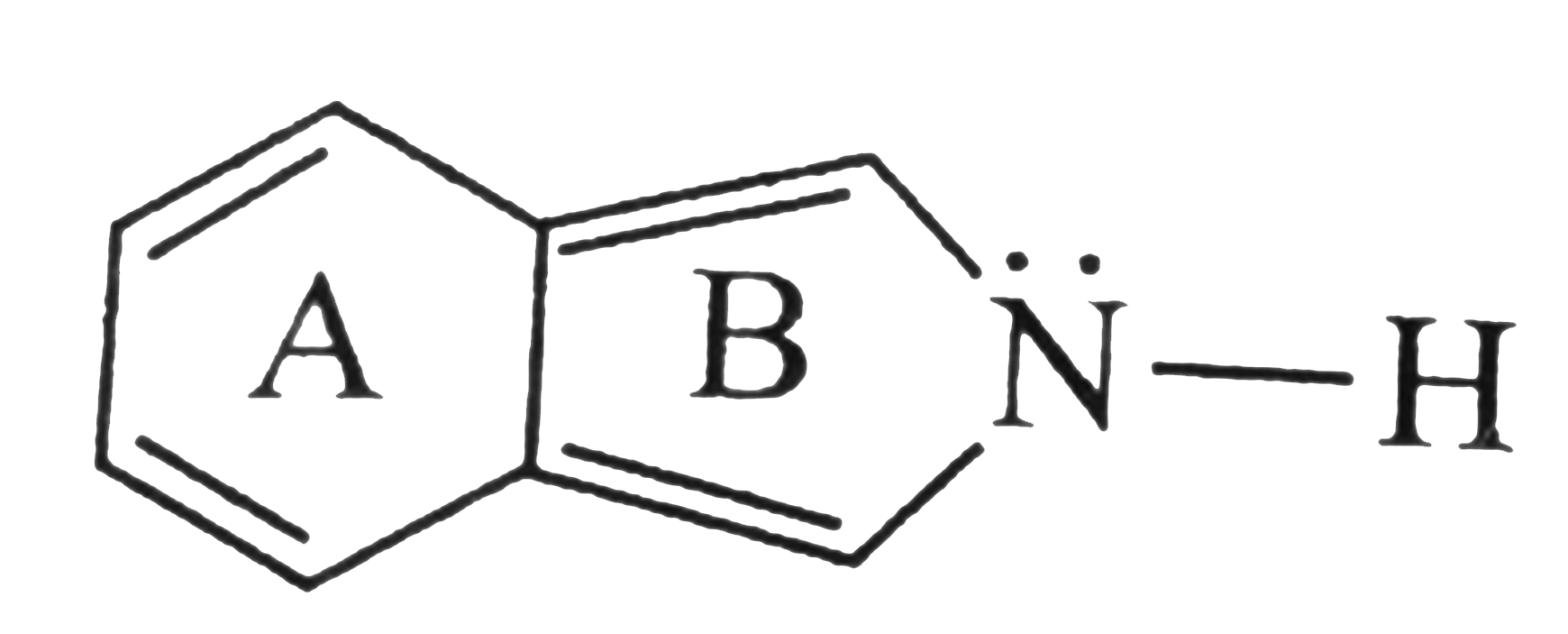
Aromatic, system complete delocalisation six-menered ring does not have the same pattern of bonding as benzene hence it is less stable.
e. The decreasing order of stablities of conjugate bases is: 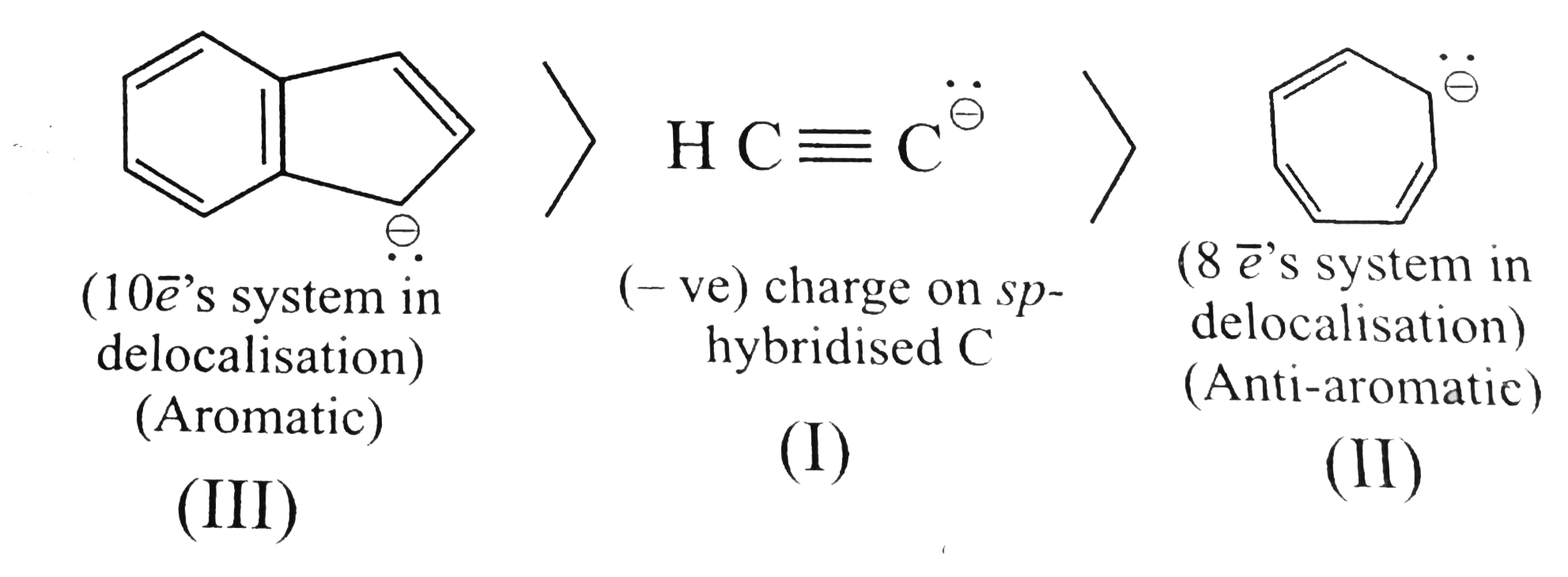
Stable is the conjugate base, stronger is the acdid and lower is the value.
The decreasiing ordeer of value is .
f. Higher teh value stronger is the acid.

Stability order: non - aromnatic gt anti-aromatic or
More stable is the conjugate base, stronger is the acid and hence has high j value value of .
g. 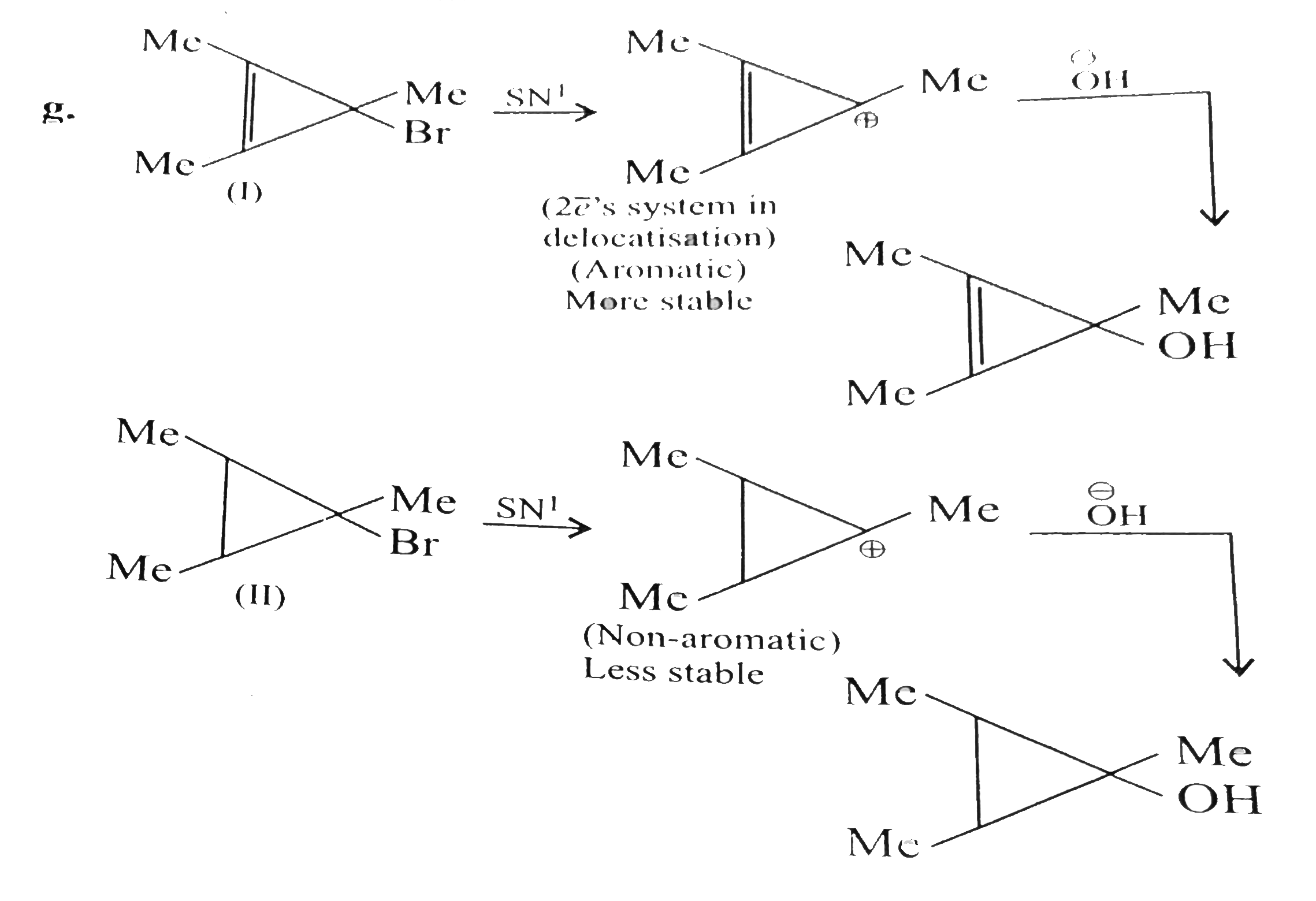
reacts faster than. .
|
Updated on:21/07/2023
Topper's Solved these Questions
- BOOK - CENGAGE CHEMISTRYCHAPTER - AROMATIC COMPOUNDS AND ALKYL AND ARYL HALIDES EXERCISE - Exercises Subjective Type4videos
AROMATIC COMPOUNDS AND ALKYL AND ARYL HALIDES
- BOOK - CENGAGE CHEMISTRYCHAPTER - AROMATIC COMPOUNDS AND ALKYL AND ARYL HALIDES EXERCISE - Exercises Subjective17videos
AROMATIC COMPOUNDS AND ALKYL AND ARYL HALIDES
- BOOK - CENGAGE CHEMISTRYCHAPTER - AROMATIC COMPOUNDS AND ALKYL AND ARYL HALIDES EXERCISE - Solved Examples21videos
AROMATIC COMPOUNDS AND ALKYL AND ARYL HALIDES
- BOOK - CENGAGE CHEMISTRYCHAPTER - APPENDIX INORGANIC VOLUME 2EXERCISE - Short Answer Type179videos
APPENDIX INORGANIC VOLUME 2
- BOOK - CENGAGE CHEMISTRYCHAPTER - BIOMOLECULESEXERCISE - Exercises Archives (Analytical And Descriptive)8videos
BIOMOLECULES
Similar Questions
Knowledge Check
- Question 1 - Select One
Which of the following has the highest pKa value?
A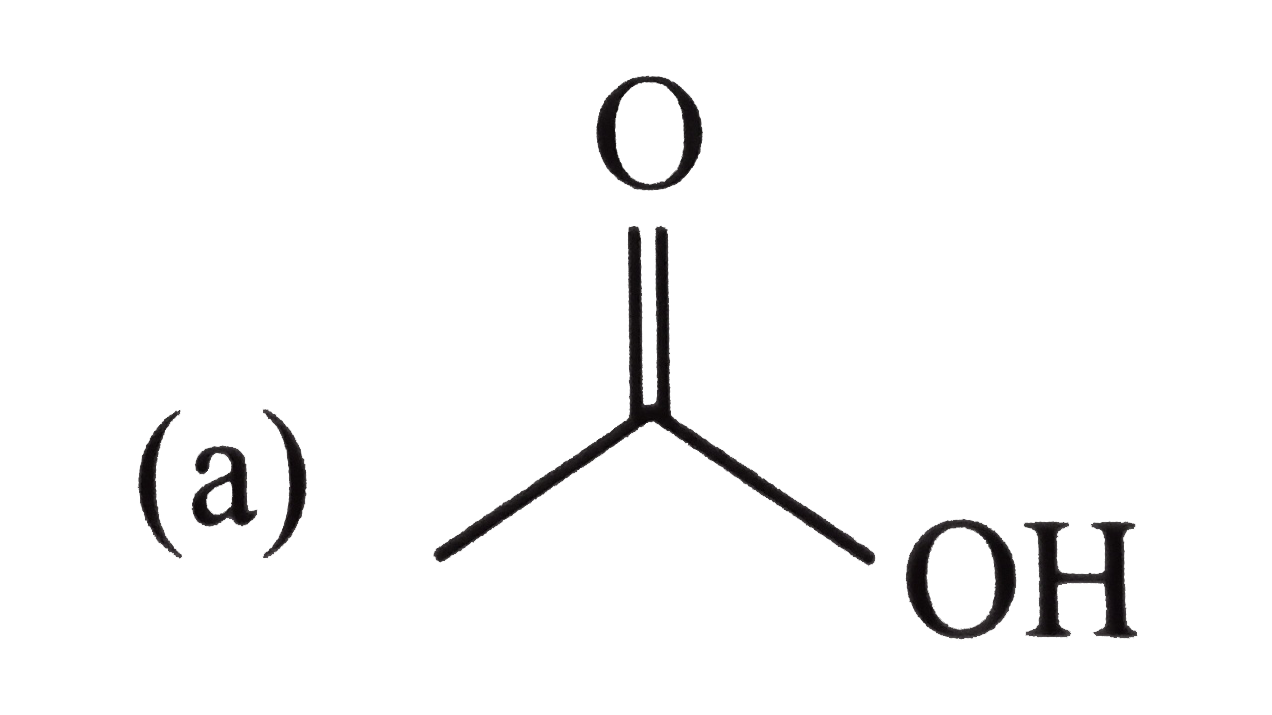 B
B C
C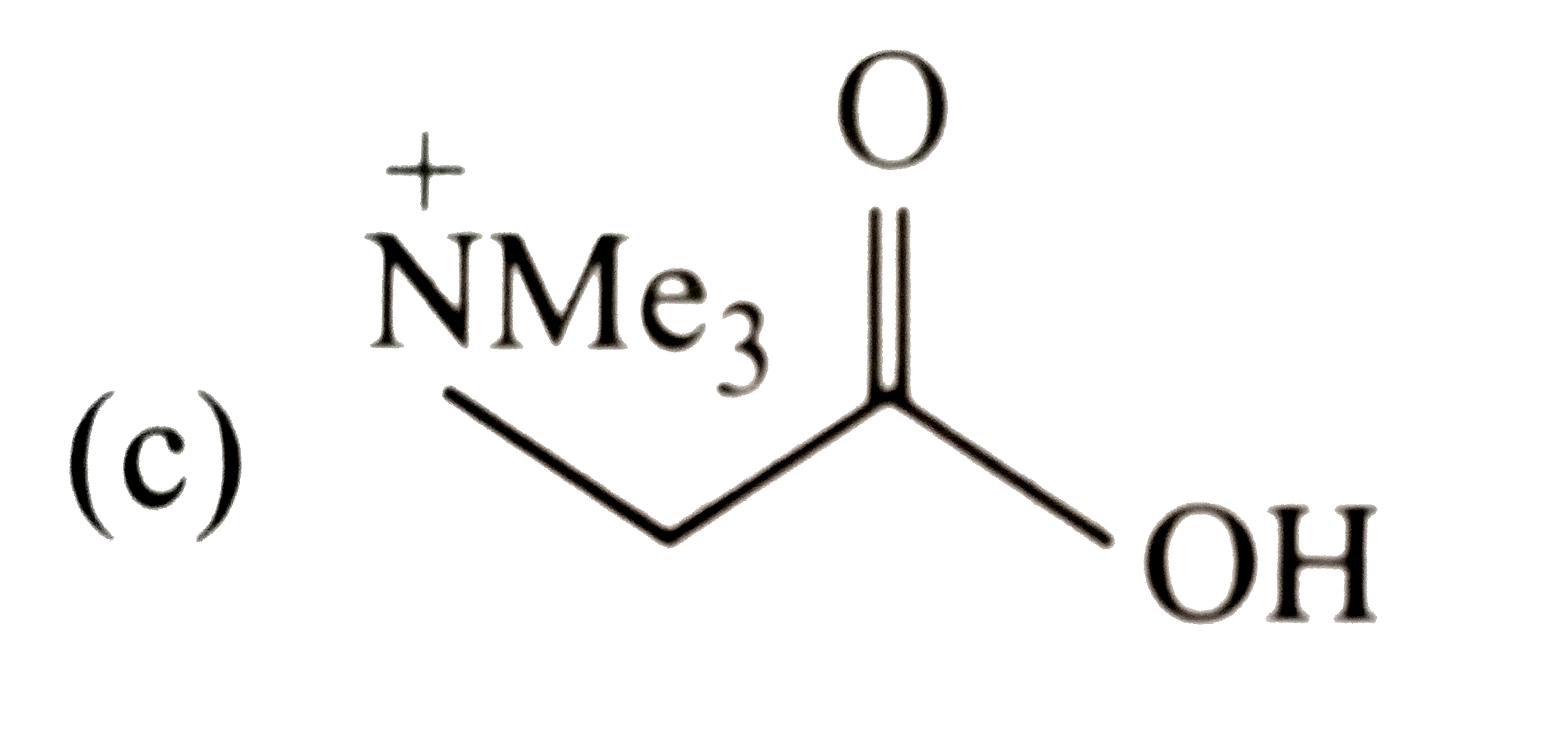 D
D
- Question 2 - Select One
Which of the following will have lower pKa value ?
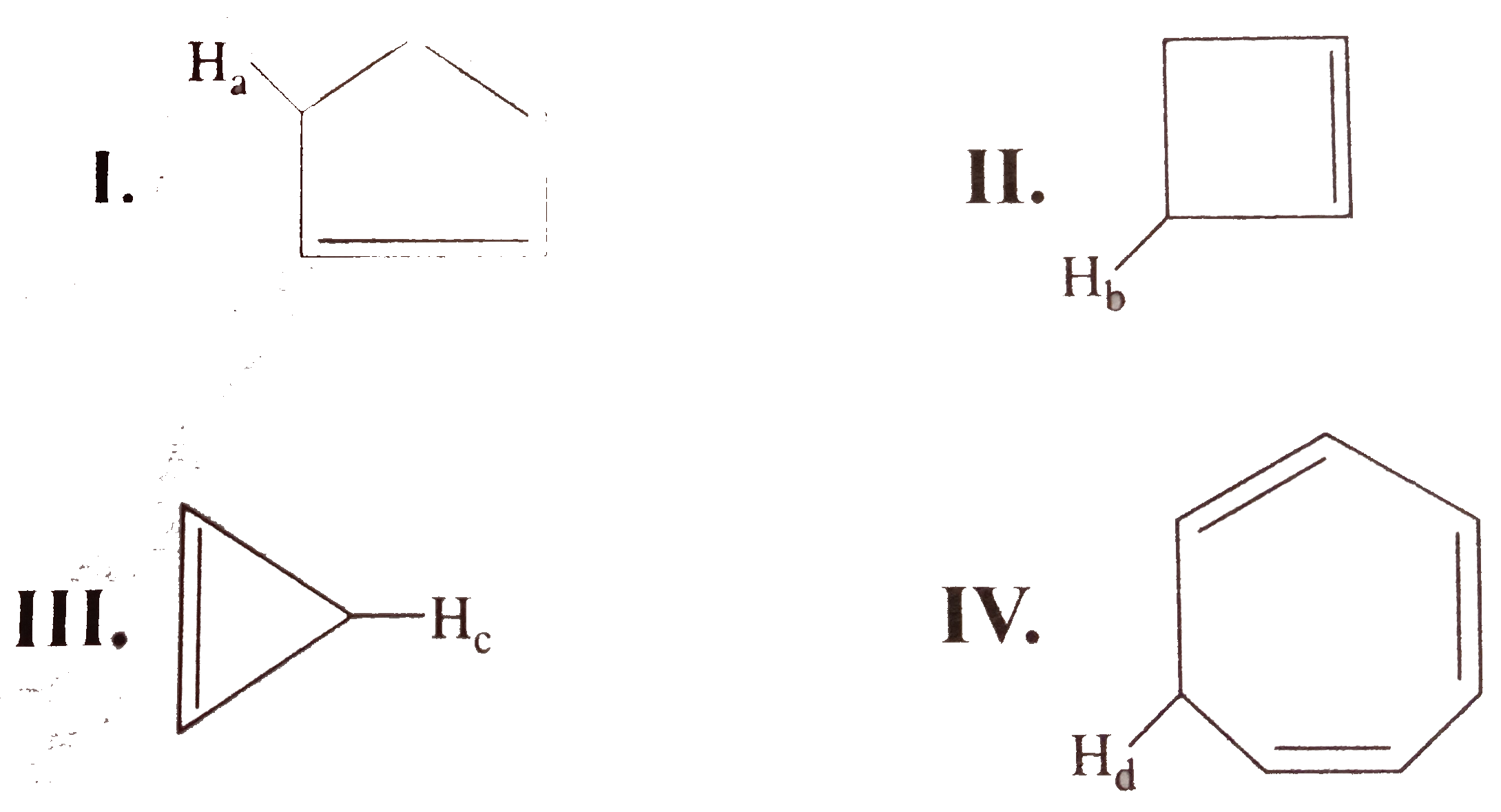 AHaBHbCHcDHd
AHaBHbCHcDHd - Question 3 - Select One
Which of the following has the highest pKb value?
A B
B C
C D
D
The decreasing order of pKa value of the following is : (I)
 View Solution
View SolutionWhich of the following has lowest pKa value ?
View SolutionWhich of the following has the lowest pKa value?
View SolutionWhich of the following has least pkb, value?
View SolutionWhich of the following has maximum pKa value?
View Solution

